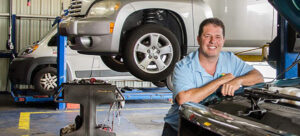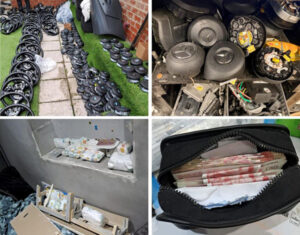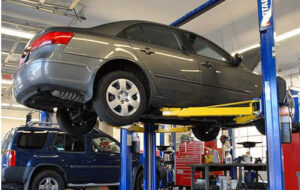Both factors will have several significant consequences including average vehicle age, vehicle age mix, and the number of domestic nameplates on the road
Fort Wayne, Ind.—The more years that cars and light trucks stay on the road, the better it is for the aftermarket, as replacement parts usage per mile increases as vehicles age.
And two factors are working together today to keep vehicles in operation at record-high ages: increased longevity of cars and light trucks, and moderate vehicle scrappage, according to a new market analysis by Lang Marketing. Both will fuel aftermarket product growth.
Cars and light trucks in the U.S. are remaining in use significantly longer than just a few decades ago, due to the use of more durable materials and improved manufacturing techniques. These advancements will continue, extending the driving life of vehicles and keeping older cars and light trucks in operation longer.
The following are highlights and takeaways from Lang’s report.
Used Vehicle Prices
Used vehicle prices increased during COVID-19. Despite softening pre-owned vehicle prices over the past two years, they remain significantly higher than before the 2020 pandemic, which drove prices to “unprecedented” levels.
High pre-owned prices contribute to vehicle longevity by raising the age threshold at which they are scrapped. The high prices of used vehicles also encourage owners to maintain them in good repair, thereby extending their on-road life.
Lower Vehicle Sales
Despite the increasing age of vehicles and the growing number of older cars and light trucks in operation, vehicle scrappage in the U.S. has remained moderate. New car and light-truck sales in the U.S. have continued to struggle since COVID-19. This has put downward pressure on vehicle scrappage.
Ten-Year Scrappage Perspective
Scrappage has remained modest over the past decade, even as new car and light truck sales rebounded following the 2008 economic downturn, with record-high sales from 2015 through 2019. Over the past three years, scrappage rates have ticked up moderately but remain below historic levels, leaving millions of older vehicles on the road.
Vehicles Last Longer
Cars and light trucks produced over the past 15 years will continue in operation for several additional years, compared with those coming off assembly lines between 1990 and 2010. This is reflected in the increasing average age of cars and light trucks, as well as the growing number of older vehicles in operation, particularly those topping 14 years.
Impact of Vehicle Longevity and Low Scrappage
Vehicle longevity and low scrappage will have several significant consequences for the aftermarket, including — but not limited to — the average vehicle age, vehicle age mix, the number of domestic nameplates on the road, and the extended presence of internal combustion engine (ICE) vehicles for years to come.
Higher Average Age
Higher longevity and lower scrappage over the past decade have caused the average age of cars and light trucks in the U.S. to climb by nearly 1.5 years, more than double the historical rate of vehicle age growth.
Lower new-vehicle sales over the past five years (down an average of over 2 million per year from the record-high sales of the previous five years) have also contributed to the increase in vehicle age.
Vehicle Age Mix
The age mix of cars and light trucks in operation has more impact on aftermarket product use than their average age. Cars and light trucks at least 14 years old represent one of the fastest-growing VIO segments. And they are being driven more miles than cars and light trucks in this age group were several decades ago, further boosting aftermarket product use.
ICE Vehicle Population Domination
Greater vehicle longevity and reduced scrappage mean that ICE vehicles, which represent more than 99% of cars and light trucks over five years old, will dominate the nation’s VIO for decades, even if electric vehicles greatly expand their new car and light truck market share.






Comments are closed.